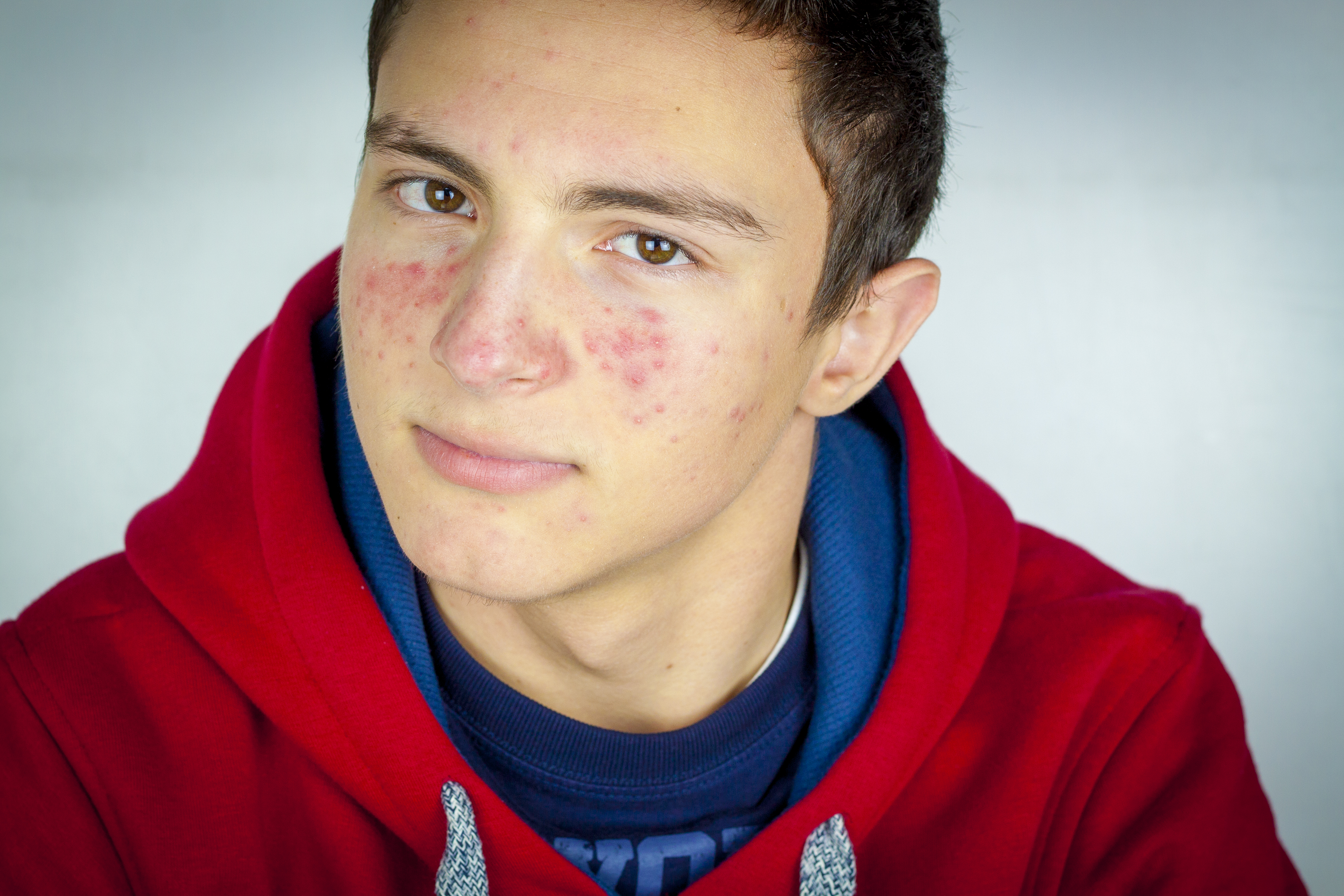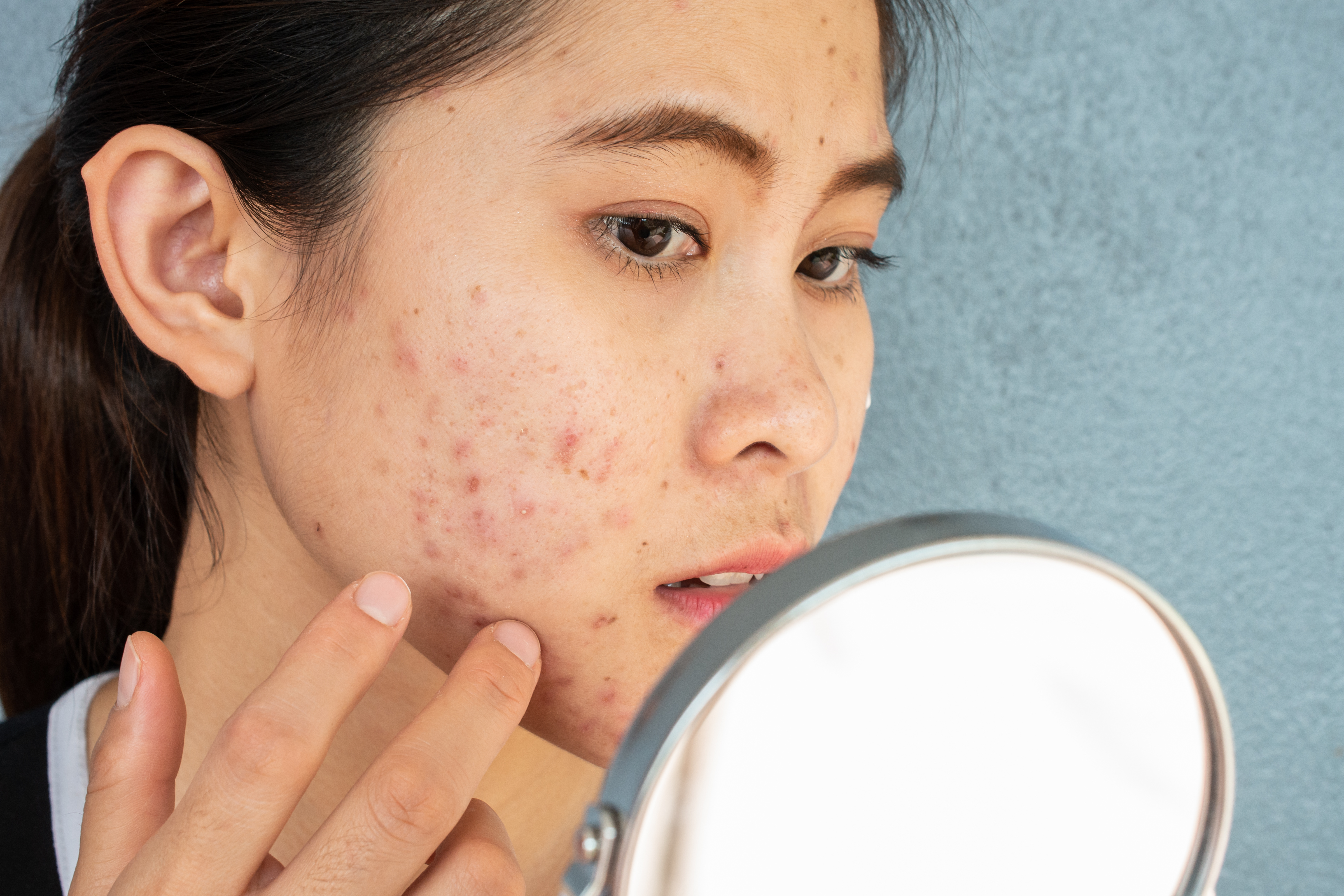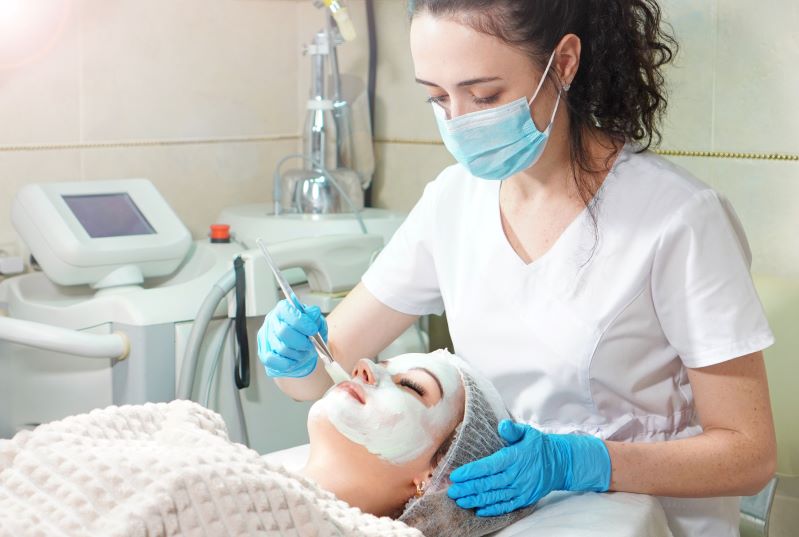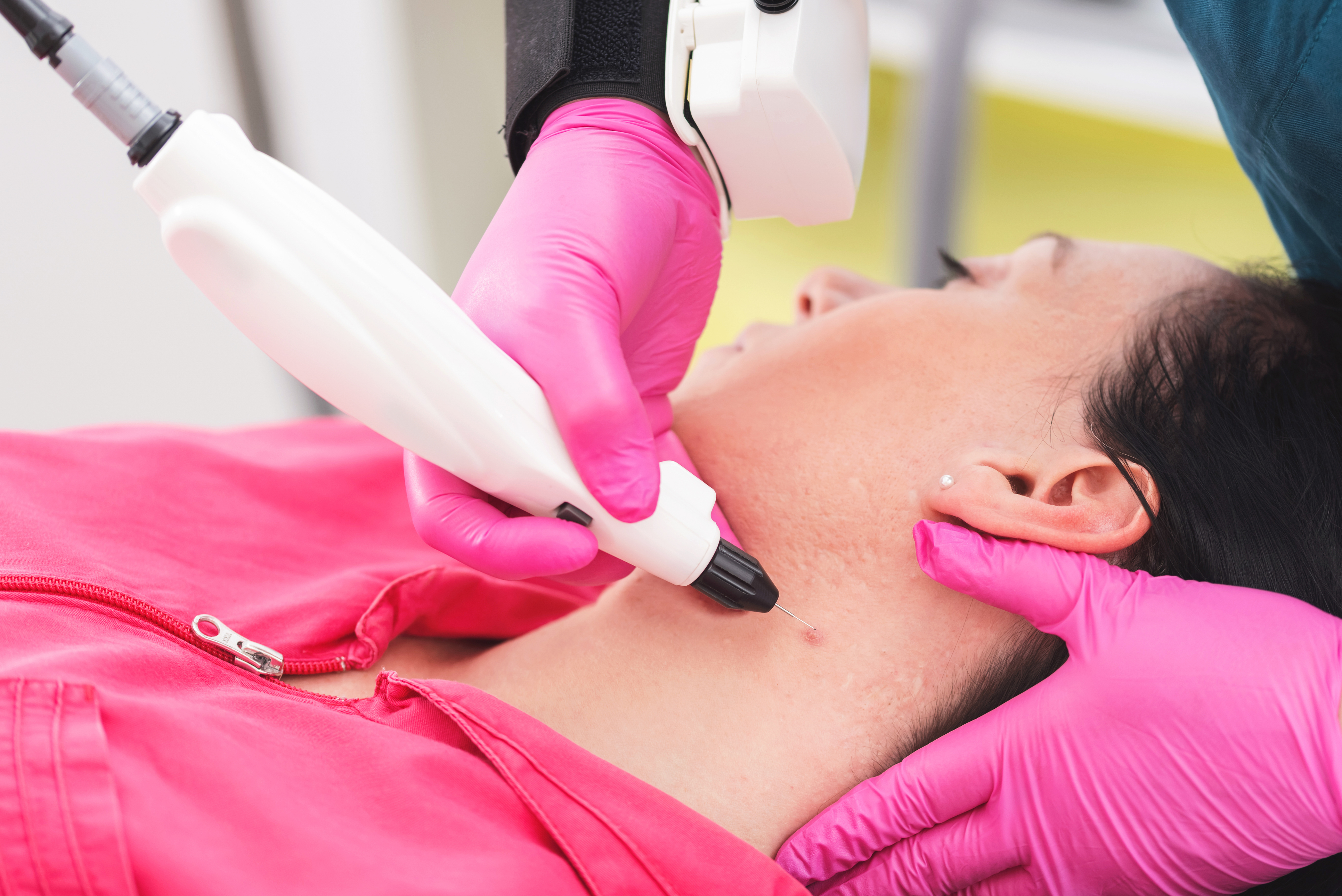For everyone, not just teenagers, acne is caused by heredity and hormones. With a family history of acne while going…

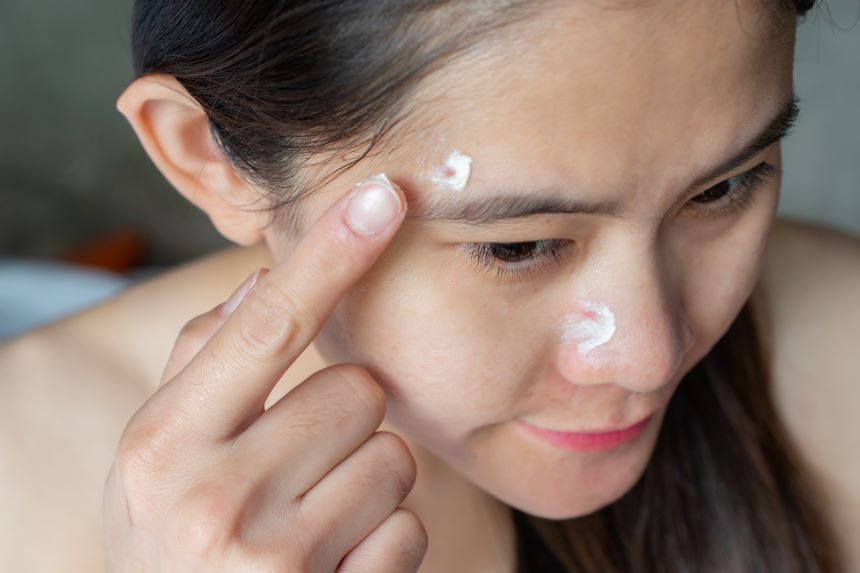 Acne
Acne
Benzoyl Peroxide Benefits for Acne
What is Benzoyl Peroxide?
Benzoyl peroxide is a bactericidal substance, meaning that it kills bacteria. Propionibacterium acnes is the type of bacteria that is involved in the growth of acne. Benzoyl peroxide effectively kills this acne causing bacteria and is available as an over-the-counter product in different forms.
Most commonly, it can easily be bought from a specialized dermatology pharmacy as a gel, in a cleanser, or as a spot treatment. In higher concentrations, the product can be found in teeth whitening agents and hair bleaching products because it does have a bleaching quality. It can even remove dark spots and pimples or acne scars.
The key difference between any benzoyl peroxide product and other topical antibiotics for acne like clindamycin is that our bodies do not build up an antibiotic resistance to the product. This means benzoyl peroxide can be consistently used to treat acne without the worry that it will lose its effect.
What types of acne does it treat?
Benzoyl peroxide topical acne treatment can be used to treat any type of acne, but it is most effective on inflammatory acne, called acne vulgaris. It can also be used for whiteheads, blackheads, and cystic acne, but it should be used in combination with other medications for these types of acne. Benzoyl peroxide is most effective with inflammatory acne because it kills the bacteria in and underneath the breakout that is causing the inflammation. Symptoms of inflammatory acne are:
- Swelling
- Redness
- Clogged, pus-filled pores.
- Oily acne spots
How should it be used?
When starting to use benzoyl peroxide to treat acne, start off slowly. Only use the product once every other day to slowly introduce the product to your skin and not cause a negative reaction. The product will also make you more sensitive to the sun, so be sure to apply sunscreen right after.
If you are using a benzoyl peroxide gel, you can include it as an extra step in your skin care routine. Follow these steps: wash your face with a mild, gentle cleanser, pat your skin dry, apply a thin layer of the benzoyl peroxide gel to the affected areas, apply your moisturizer on top, and lastly, apply SPF of at least 30.
If you are using a benzoyl peroxide wash, be sure to wash your face and leave the product on for at least one to two minutes to make sure it has been absorbed in the skin. Immediately following, just pat your skin dry and apply your SPF and moisturizer!
What are the side effects?
While it can be a very effective acne treatment, certain patients do experience side effects like an allergic reaction or skin irritation when first introducing benzoyl peroxide to their skincare routine. Side effects include:
- Dry skin and peeling skin
- Burning or stinging sensation after application
- Eczema
- Flushing Skin
- Pain
- Itching
Benzoyl peroxide is also notorious for bleaching clothing and towels. Keep this in mind when using the product, and be careful not to get it on anything you do not want discolored.
If you are still struggling with acne after including benzoyl peroxide into your routine,other alternatives might be better suited for your skin type and acne type. Tea tree oil, salicylic acid, sulfur, and adapalene are all other options you can try. In fact, there are many salicylic acid benefits for acne.
If you continue to struggle with your acne, contact your dermatologist to schedule an appointment. After an assessment of your skin, your doctor will come up with the best treatment plan for you.
If you have any questions on benzoyl peroxide, acne, or any other skin condition, please contact our team today!
Sources
This blog is based on research and/or other scientific articles and is written by our experienced Chief Strategy Officer and Pharmacist, Ronak Desai. This blog is fact checked by our educated Pharmacist in Charge, Darshan Patel, who additionally runs our Apotheco Manhattan location.
Here at Apotheco Pharmacy Group, our goal is to provide the most up to date and accurate information on health and dermatology related topics. We do this to ensure our readers can make informed decisions based on factual content. All blogs undergo an extensive review process before posted.
This blog contains trusted sources. All sources are listed at the bottom of this article with hyperlinks that take you directly to the source.
